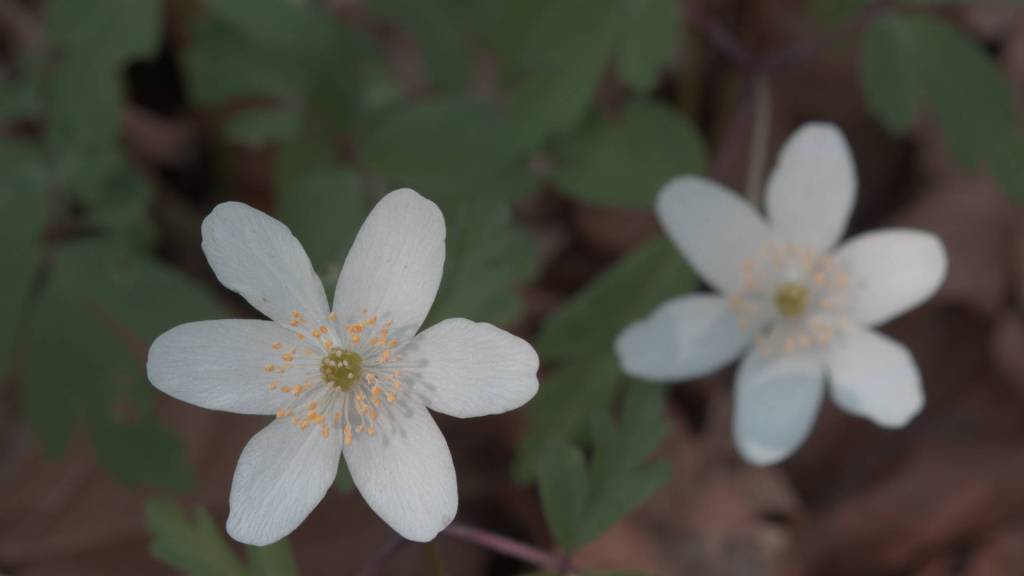Every image has a story, and this one starts as a humble RAW file—just data, just potential. But like the forest floor quietly waking up in spring, it only needed the right touch to bloom. With a careful edit in RawTherapee, some luminance tone mapping (Reinhard 02), and a bit of patience, this wood anemone found its light. Proof that even a digital seed can grow into something wild and wonderful.
Where did we start? Well, here’s the beginning — a RAW file with barely any color, barely any light… heck, even barely any detail.


A basic edit — as my workflow usually begins — means giving it that ‘in-camera’ look using an Adobe DNG camera color profile. I also cropped and resized the image right away, exporting to TIFF for some extra treatment later. Still, it already looked way better than the original.


For the next step, I used tone mapping on the luminance channel, inspired by the Reinhard 02 method—available in a tool called Luminance HDR, a free and open-source application designed specifically for high dynamic range imaging. It allows you to experiment with various tone mapping algorithms and see how subtle changes in contrast and light handling can shape the final mood of your photo. Great for those who like to dive a bit deeper into dynamic range without diving into their wallets.

I applied the Reinhard 02 tone mapping operator, adjusting both pre- and post-gamma to 0.75 instead of the default 1.0. This tweak gently compresses highlights and lifts shadow detail without flattening the image. The result? More visible texture in the petals, and subtle light play between shade and sun—finally revealing what the RAW had quietly captured all along.
Final Result:

The differences between a regular RawTherapee edit and one processed in Luminance HDR are subtle here — just enough to create a bit of depth between the yellow stamens, the shadows, and the petals. At the same time, the soft forest light gets gently enhanced, making the flower appear as if it’s glowing in the sun. Thanks to the interplay of stamens and shadows, there’s even a slight hint of a 3D effect. The trick? Tiny adjustments and lots of versions to see what works best.
Luminance HDR available for Linux, macOS & Windows – https://sourceforge.net/projects/qtpfsgui/
Discover more from Open Source Photography
Subscribe to get the latest posts sent to your email.




Enjoyed this post? Put your thoughts into words! Or just give a thumbs-up in the comment box!